More than a decade ago I got into cosmology, more as a passing interest than anything serious. Somewhere on this journey I picked up a copy of Eric Lerner’s “The Big Bang Never Happened,” a 1992 book arguing exactly what it says on the cover. I found his book extremely interesting, and his criticisms of the Big Bang Theory seemed plausible and sound, although there were some problems which I’ll get to later.
To everyone who sees them, the new James Webb Space Telescope (JWST) images of the cosmos are beautifully awe-inspiring. But to most professional astronomers and cosmologists, they are also extremely surprising—not at all what was predicted by theory. In the flood of technical astronomical papers published online since July 12, the authors report again and again that the images show surprisingly many galaxies, galaxies that are surprisingly smooth, surprisingly small and surprisingly old. Lots of surprises, and not necessarily pleasant ones. One paper’s title begins with the candid exclamation: “Panic!”
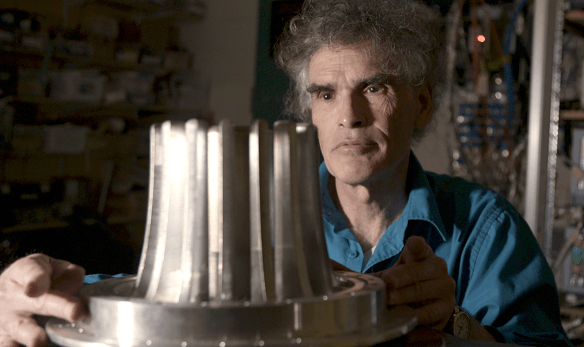
Eric Lerner, now as an old man.
I brought up Eric Lerner, because we see him penning this piece thirty years after his original book. Unlike many of the annoying crackpots giving “alternative theories,” that they pulled out of their asses, what Lerner says should be paid attention to.
Why do the JWST’s images inspire panic among cosmologists? And what theory’s predictions are they contradicting? The papers don’t actually say. The truth that these papers don’t report is that the hypothesis that the JWST’s images are blatantly and repeatedly contradicting is the Big Bang Hypothesis that the universe began 14 billion years ago in an incredibly hot, dense state and has been expanding ever since. Since that hypothesis has been defended for decades as unquestionable truth by the vast majority of cosmological theorists, the new data is causing these theorists to panic. “Right now I find myself lying awake at three in the morning,” says Alison Kirkpatrick, an astronomer at the University of Kansas in Lawrence, “and wondering if everything I’ve done is wrong.”
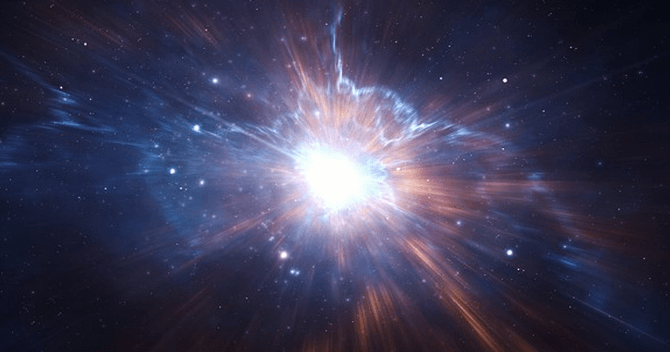
Artist’s (poor) interpretation of Big Bang
Commenting on technical articles like this is quite a challenge. Lerner is about to get deep into physics, and he sort of expects you to have some context already. His article, while well written, can be difficult to follow for someone without any prerequisite knowledge, let alone my highly edited excerpts. I’m going to be paraphrasing him quite a bit, but don’t feel any hesitation at clicking on the article link and reading the original for yourself.
It is not too complicated to explain why these too small, too smooth, too old and too numerous galaxies are completely incompatible with the Big Bang hypothesis. Let’s begin with “too small”. If the universe is expanding, a strange optical illusion must exist. Galaxies (or any other objects) in expanding space do not continue to look smaller and smaller with increasing distance. Beyond a certain point, they start looking larger and larger. (This is because their light is supposed to have left them when they were closer to us.) This is in sharp contrast to ordinary, non-expanding space, where objects look smaller in proportion to their distance.
This guy is kind of annoying, but he explains this expanding universe optical illusion fairly well. On Earth the further things are away from us, the smaller they appear to be, even if the actual size is the same.
However, according to the Big Bang, or any expanding universe theory, we should not expect this phenomenon to continue with distant galaxies. The money shot comes around 3 minutes in, with the blue line being the visual size of galaxies we would expect, and the plotted galaxies being what we observe.
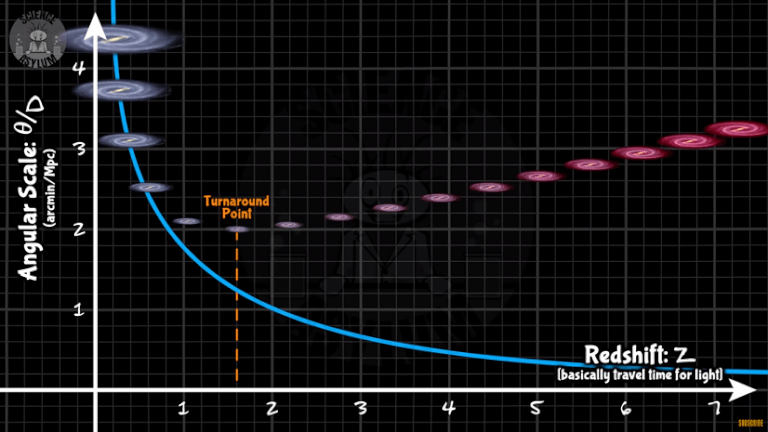
Or at least, what we should observe. The entire point of Lerner’s article is that we actually just see galaxies appearing to be smaller and smaller the further away they are. The only two explanations for this are that they are the same size as the ones around us, and the universe isn’t expanding, or that the universe is expanding, and these galaxies are actually tens of thousands of times denser than the ones close to us because reasons. And they are exactly as much denser as they need to be to save the theory.
Smaller and smaller is exactly what the JWST images show. Even galaxies with greater luminosity and mass than our own Milky Way galaxy appear in these images to be two to three times smaller than in similar images observed with the Hubble Space Telescope (HST), and the new galaxies have redshifts which are also two to three times greater.
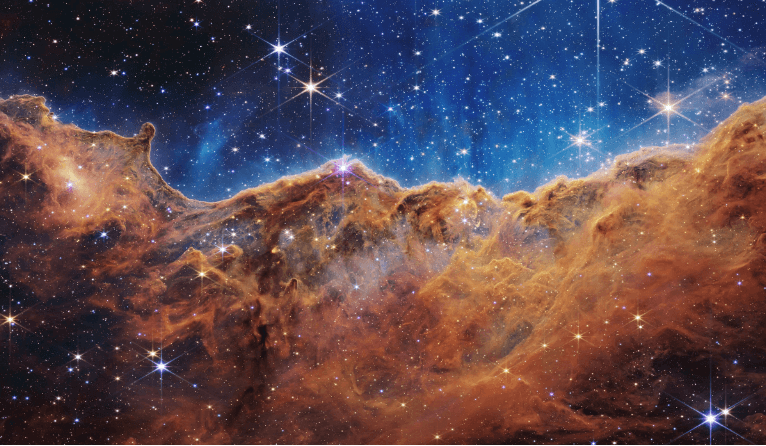
Carina Nebula, as shot by the James Webb Telescope
Let me explain why redshift is so important. A car moving towards you sounds higher pitched then when it moves away, due to the compression of sound waves. Similarly, the wavelength of light can be made shorter (blueshifted) or longer (redshifted) due to a difference in velocity between the medium of travel and the emitter. In laymans terms, if we see a celestial body moving away from us at high speeds, we should be able to see its light be redshifted. Does this mean that it’s going to look redder? Well all other things being equal, but that’s not how redshift or blueshift is measured.
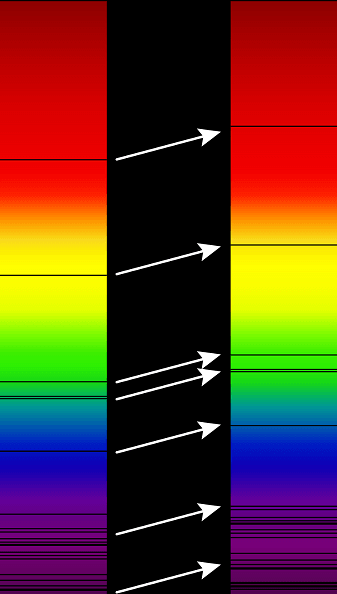
Absorption lines chart
Instead what they do is look for missing frequencies of light. This is caused by certain atoms or molecules absorbing a narrow band of light, for all intents and purposes removing it from the light that makes it to us. In reality, these atoms and molecules merely cut down on a huge percentage of the light by re-scattering it, but the effect is the same. What physicists then do is compare these lines to those taken from the sun, and we get our redshift.
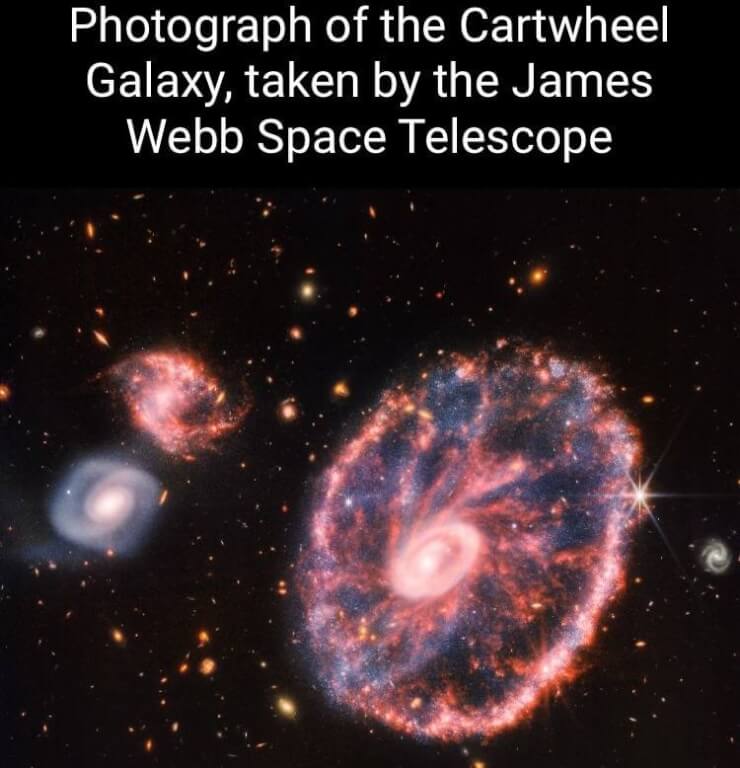
This is not an aside, this is crucially important, because we find that galaxies further and further away have deeper and deeper redshifts. This relationship is so strong, that redshift is considered the best measurement of distance, as opposed to other, cruder methods. And that’s important because we need to have some way of figuring out how the light got redshifted, especially increasing with distance. There are only two types of explanations. The first type claims that the objects we are observing are moving away from us*. The second hypothesizes that they aren’t, and something else is redshifting the light.
*Technically with the Big Bang, the theory is that the space itself is expanding. No, it doesn’t make sense to me either.
Theories attempting to explain the latter are called “Tired Light Theories.” There may be some promising theories out there, like Plasma Redshift. I remember reading about that a decade ago, and while there appears to be some experimental validation, the numbers were off, and they still need to explain another observed phenomenon, which is that the redshifting appears to be slightly exponential, and the apparent time dilation of supernovas.
That last part requires a bit more explanation. If we have a car moving past us, every bit of sound that it creates will see its frequency lengthened or contracted, depending on if its moving away from or towards us respectively. This is the well known doppler shift, and you can hear the change in pitch when something fast moves past you, something we have all observed in our lives.
Here’s an even quicker audiovisual showing.
However, a second phenomenon occurs, which is that every “pulse” of sound is lengthened or contracted in time as well. Since cars make sound continuously this might be difficult to imagine. But pretend that we have an extremely silent plane running at half the speed of sound just above the ground. Above the plane is an extremely loud speaker that plays a one second long pulse of a single frequency. As the plane moves towards us, the frequency is shifted upwards, and as it moves away, the frequency is shifted downwards. All of this makes sense. However, the apparent length of the pulse will be shortened as it moves towards us, and lengthened as it moves away.
To be precise, the one second pulse of noise will have its frequency halved when it moves towards us, and also have its total length halved to one half of a second. When it moves away the frequency will be doubled, and the total length of the pulse will be increased to two seconds.
Correction: When it moves away the frequency will be increased by 1.5x, and the total length of the pulse will be increased to 1.5 seconds.
The same two effects happen with light, shift in frequency, and a change in pulse length. Galaxies emit light constantly, but we can use supernovas as brief pulses of light, considering that many supernovas are well understood phenomenon that occur over consistent lengths of time. To quote astronomer Ned Wright.
A supernova that takes 20 days to decay will appear to take 40 days to decay when observed at redshift z=1.
Which is represented by this graph. The blue line is what we would expect if whatever caused the redshift was linked to whatever caused the increase in light pulse length. This could be explained by galaxies moving away from us, or again, the space in between expanding. Of course, it could also be explained by some heretofore not understood phenomenon, but that has no experimental validation, and is something of an ad hoc explanation until such time as it can be explained.

A competing hypothesis also needs to explain the Cosmic Microwave Background, although that can be explained with plenty of other alternative theories, but potentially not as satisfactorily.
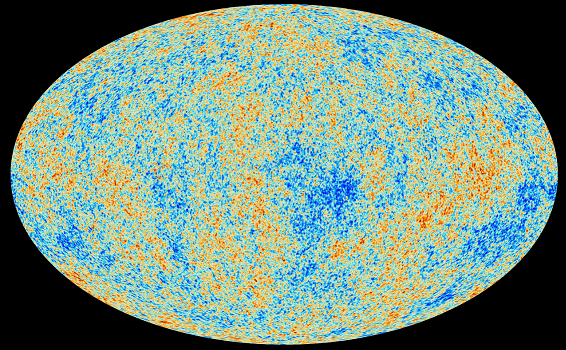
So if the Big Bang Theory has so much going for it, what’s the issue? Well the problem is that I’m not sure the Big Bang Theory even qualifies as a scientific theory. Take its “predictions,” of cosmic redshift. No such actual prediction is ever made. If we observed the opposite, that the distant galaxies appeared blueshifted, increasing with distance, we could simply state that the big bang happened, and then the mass of the universe began to pull everything back in to the center, and now the distant galaxies are coming together in a Big Crunch.
Lerner goes into great detail as to the horribly incorrect “predictions,” of the Big Bang Theory. Stars that appear older than the known age of the universe, giant superclusters that would take longer to form than, you guessed it, the age of the universe, incorrect amounts of all elements other than lithium, and many other problems. In order to fix these problems, there are so many tweakable parameters that can be used to make the theory fit observations. For example, they can decide how “lumpy,” the original universe was before the big bang. They can decide how fast the universe originally expanded, totally ignoring the supposed speed of light constant. The “inflation” was caused by a mysterious anti-gravitational force that has never been observed in the lab. They can decide how strong it is, how long it lasted, and how fast it decays.
Correction: The lithium predictions are off by a factor of 20. The only correct element abundance prediction is for deuterium.
They can also decide how long this “inflation,” period lasted. They can decide how much “dark matter,” exists in the universe, as well as how much “dark energy,” exists. What’s dark matter and dark energy you say?
In physical cosmology and astronomy, dark energy is an unknown form of energy that affects the universe on the largest scales.
It’s stuff that we have no reason to believe exists, other than that it makes these people’s unfalsifiable theory work. According to them, actual matter, the kind we can observe, makes up just 5% of the universe.

And I’m not kidding when I say it’s unfalsifiable. Someone asks how you could falsify the Big Bang Theory on Reddit, and gets the following answer.
You’d need to come up with a self-consistent alternative theory that explains why the universe is expanding, and where the cosmic microwave background comes from. And you’d need to prove how it fits the observations better than our current models. At a minimum.
In other words, you can’t falsify the Big Bang. Instead, you just go ahead and come up with a theory that fits observations better than the theory which says that the entire universe came out of a ping pong ball or something, and 95% of matter is just whatever we need it to be because we can’t explain galaxy movements or formations. And oh by the way that ping pong ball was really lumpy. How lumpy? Well let’s take a look at the galaxy and see how lumpy it needs to be, then figure out how much anti-gravity stuff we need to make it all work out.

That was quite a bit of context, all to get you to the point where you simultaneously understand that the Big Bang Theory is basically a joke, but it’s the only thing that can satisfactorily explain redshift as of right now, so we may be stuck with it.
Now finally we get back to Lerner’s piece.
Smaller and smaller is exactly what the JWST images show. Even galaxies with greater luminosity and mass than our own Milky Way galaxy appear in these images to be two to three times smaller than in similar images observed with the Hubble Space Telescope (HST), and the new galaxies have redshifts which are also two to three times greater.
This is not at all what is expected with an expanding universe, but it is just exactly what I and my colleague Riccardo Scarpa predicted based on a non-expanding universe, with redshift proportional to distance. Starting in 2014, we had already published results, based on HST images, that showed that galaxies with redshifts all the way up to 5 matched the expectations of non-expanding, ordinary space. So we were confident the JWST would show the same thing—which it already has, for galaxies having redshifts as high as 12. Put another way, the galaxies that the JWST shows are just the same size as the galaxies near to us, if it is assumed that the universe is not expanding and redshift is proportional to distance.
But from the standpoint of the Big Bang, expanding-universe hypothesis, these distant galaxies must be intrinsically extremely tiny to compensate for the hypothesized optical illusion—implausibly tiny. One galaxy noted in the papers, called GHz2, is far more luminous that the Milky Way, yet is calculated to be only 300 light years in radius—150 times smaller than the radius of our Milky Way. Its surface brightness—brightness per unit area– would be 600 times that of the brightest galaxy in the local universe. Its density (and that of several other galaxies in the new images) would be tens of thousands of times that of present-day galaxies.
Big Bang theorists have known for years from the HST images that their assumptions necessitate the existence of these tiny, ultra-dense “Mighty Mouse” galaxies. JWST has made the problem far worse. The same theorists have speculated that the tiny galaxies grow up into present day galaxies by colliding with each other—merging to become more spread out. An analogy to this hypothetical merger process would be to imagine a magical toy car a centimeter long that nonetheless weighs as much as a SUV and grows up into a real SUV by colliding with many other toy cars.

The humour is not really necessary, but I’ve always loved Lerner’s analogies. I’ll also note that he predicted that the distant galaxies would look just the same as the close galaxies, while the Big Bang clearly predicts them to look larger in size. They don’t, and by all accounts distant galaxies are just the same as close ones, but we’re dealing with an unfalsifiable theory here, so wildly incorrect predictions don’t matter, apparently.
But the JWST has shot through this far-out scenario as well. If you could believe the toy car story, you would at least expect some fender dents in the colliding cars. And Big Bang theorists did expect to see badly mangled galaxies scrambled by many collisions or mergers. What the JWST actually showed was overwhelmingly smooth disks and neat spiral forms, just as we see in today’s galaxies. The data in the “Panic!” article showed that smooth spiral galaxies were about “10 times” as numerous as what theory had predicted and that this “would challenge our ideas about mergers being a very common process”. In plain language, this data utterly destroys the merger theory.
With few or no mergers, there is no way tiny galaxies could grow to be a hundred times bigger. Therefore, they were not tiny to begin with, and thus the optical illusion predicted from the expanding universe hypothesis does not exist. But no illusion means no expansion: the illusion is an unavoidable prediction from expansion. Thus, the panic among Big Bang supporters. Tiny and smooth galaxies mean no expansion and thus no Big Bang.
We’re not even halfway through the piece, but I’ll call it quits here. If you are at all interested in cosmology, I’d highly recommend looking at his original article. I personally just can’t justify any more of my time writing about this subject. This is technical stuff, the more I write the more likely I am to totally embarrass myself. Having said that, there is an intersection between politics, academia, and science funding that needs someone more qualified than I to look into.
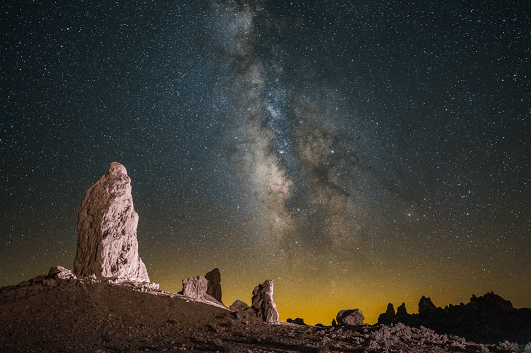
And besides, stars are pretty, and it reminds me of the future which we still have in our power to build for ourselves.
UPDATE: Interesting piece on NASA’s website germaine to the topic.
NASA:
“With Webb, we were amazed to find the most distant starlight that anyone had ever seen, just days after Webb released its first data,” said Naidu of the more distant GLASS galaxy, referred to as GLASS-z12, which is believed to date back to 350 million years after big bang. The previous record holder is galaxy GN-z11, which existed 400 million years after the big bang (redshift 11.1), and was identified in 2016 by Hubble and Keck Observatory in deep-sky programs.
“Based on all the predictions, we thought we had to search a much bigger volume of space to find such galaxies,” said Castellano.
“These observations just make your head explode. This is a whole new chapter in astronomy. It’s like an archaeological dig, and suddenly you find a lost city or something you didn’t know about. It’s just staggering,” added Paola Santini, fourth author of the Castellano et al. GLASS-JWST paper.
“While the distances of these early sources still need to be confirmed with spectroscopy, their extreme brightnesses are a real puzzle, challenging our understanding of galaxy formation,” noted Pascal Oesch at the University of Geneva in Switzerland, second author of the Naidu et al. paper.

Again, the “extreme brightness” is a hypothesis, where they take the expansionary dimming illusion at face value, and then conclude that the distant galaxies, which look like the close galaxies, must be extraordinarily dense and bright.
The Webb observations nudge astronomers toward a consensus that an unusual number of galaxies in the early universe were much brighter than expected. This will make it easier for Webb to find even more early galaxies in subsequent deep sky surveys, say researchers.
“We’ve nailed something that is incredibly fascinating. These galaxies would have had to have started coming together maybe just 100 million years after the big bang. Nobody expected that the dark ages would have ended so early,” said Garth Illingworth of the University of California at Santa Cruz, a member of the Naidu/Oesch team. “The primal universe would have been just one hundredth its current age. It’s a sliver of time in the 13.8 billion-year-old evolving cosmos.”
Erica Nelson of the University of Colorado, a member of the Naidu/Oesch team, noted that “our team was struck by being able to measure the shapes of these first galaxies; their calm, orderly disks question our understanding of how the first galaxies formed in the crowded, chaotic early universe.” This remarkable discovery of compact disks at such early times was only possible because of Webb’s much sharper images, in infrared light, compared to Hubble.
In other words, these two galaxies just look like the galaxies around us. They are already fully formed and stable.
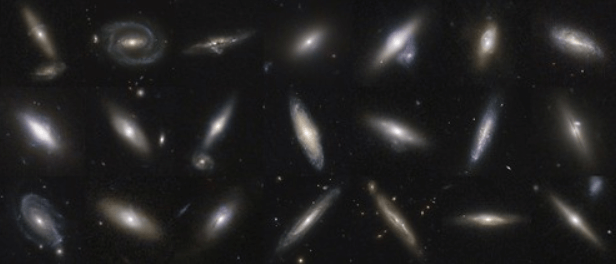
disc galaxies.
Don’t take this piece to be me “exposing” cosmology. I have no idea what’s going on with that field, but with the downfall of superstring gibberish, I think the undue respect that the field gets is entirely undeserved. Scientific fields where the theories are so difficult to test experimentally tend to lead to a lot of nasty, petty behaviour amongst the scientists, and little practical value.

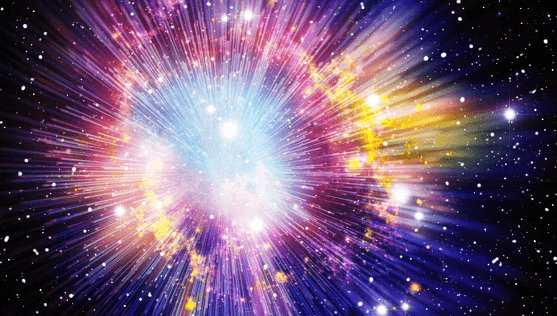


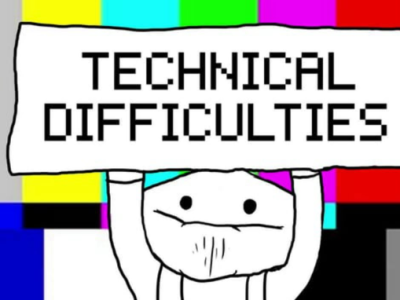









It’s very interesting to see the overlap in interests here, I read Mr. Lerner’s book in the 90s because I was really into cosmology at the time. I had read the book by that crippling wheelchair… I forget his name or the name of the book I think it was “a brief history of… Something”
Anyway I hated that book and thought that was very shitty, and basically talking down to the audience it was written for. I also read Carl Sagan’s science fiction book about Jodi Foster going to space… And I really hated that, only finding out years later that Carl Sagan was a jew.
I try not to be a grug about things and avoid saying “I don’t like it so it must be wrong”, but on the other hand I like to trust my gut even on scientific theories. With Mr. Lerners book I don’t know that he is accurate and his theories hold water, but I do know that he is being honest about what he thinks and is not trying to pull the wool over my eyes. I never got that feeling from Stephen Hawking’s book.
As for your further question about how this is related to politics and academia, I think we have some evidence from some of the more serious people who have attempted to “debunk” Einstein. Basically their claim is that Einstein was full of shit and of third-rate intellect, but he took some theories that had been proposed from some German and/or Italian scientists and basically repackaged them. Einstein then through the massive power of the jewish press was popularized as the smartest man in the world and his version of the “theory of relativity” was sold as the gospel truth in the mass media, and not so much in the halls of academia. Furthermore the jews writing in the press were eager to disconnect science from everyone’s real world everyday lived experience for various reasons that of course you can go into if you want to talk about the Frankfurt school and all of those sorts of things.
But basically Jews spent the 20th century breaking down and destroying what the rationality of giants like Maxwell and many other brilliant goy scientists had come up with in the 19th century. While they were at it they also created the atom bomb, because of course jews would turn some of the greatest discoveries of man into unimaginably evil weapons to kill innocent civilians.
One more funny little thing, I wrote NASA an angry email in the late 90s after reading Mr. Lerner’s book. I told them how as a taxpayer-funded organization that they needed to be more responsible and look at the science better, and some other silly stuff because I was young and naïve and thought government bureaucrats cared what normal people thought. But I actually got a fairly polite reply, though I took it as a rude because it suggested that I read some books from a series called “basic books”. (I thought they were calling me stupid, but I did look at the book series some years later and found that it was actually a fairly decent series of books)
Delete this article. The last thing the white nationalist movement needs to to be associated with kooky stuff like alternative physics or any shit like that that is not about our core issues. This kind of crap is what ruins right wing movements in America. Not having shit like this in their spaces is what European nationalists get right. If you have gay kooky interests like this, keep it off of white nationalist platforms or you are doing our enemies work by linking white nationalism to Art Bell tier faggotry. DELETE THIS TERRIBLE PIECE.
Lol. How about no?
In the same way that jew art destroys real art, jew science destroys real science.